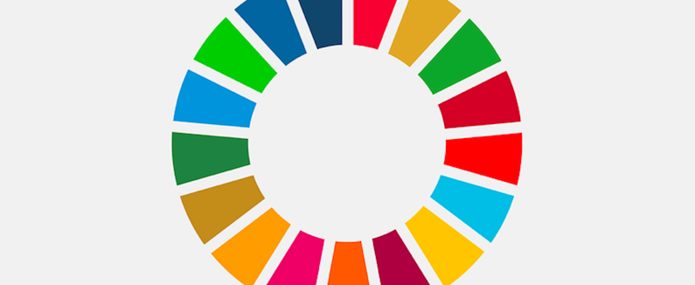The SDG Summit held in New York on 24-25 September within the framework of the UN General Assembly, concluded the first four-year review cycle of the 17 Sustainable Development Goals. In terms of implementation, the results are insufficient or even worrying: the world has actually taken a step backwards regarding certain themes, including inequalities, climate change and biodiversity.1 The summit, convened by UN Secretary-General Antonio Guterres, was unable to provide the necessary and expected momentum. However, the 2030 Agenda remains a frame of reference that seems relevant for achieving the type of sustainable development that also benefits the most vulnerable. What is the cause of this implementation delay? And what are the solutions?
The declaration adopted at the end of the SDG Summit states the objective of “Gearing up for a decade of action and delivery for sustainable development”. This is a good intention and also an acknowledgement of failure.
Since its adoption in 2015, an increasing number of references have been made to Agenda 2030 by international organizations, governments, the private sector and non-state actors at the discourse level. At the same time, a number of interesting experiments have been conducted, particularly involving the integration of this agenda into budgetary processes (eg. Mexico, Finland).2
However, SDGs have very rarely been used to challenge practices, and have not triggered a transformative project. For the 2030 Agenda to become a real global roadmap, and for it to help achieve the SDGs by 2030, it is necessary to go beyond declarations of intent, to put this programme at the heart of the debate, especially when these debates are difficult and complex. What makes the SDGs interesting is the comprehensive and structured framework it provides and that presents an opportunity for discussing key political trade-offs.
This requires the restoration of the backbone of the 2030 Agenda, and the development of a clear vision of what contributes to SDGs, and what does not. Firstly we must ensure that the SDGs no longer fall prey to overly vague interpretation games, in which everyone can participate without actually questioning the real impact of their actions on all areas of the 2030 Agenda, as was illustrated in many speeches delivered at the SDG Summit. Supporting the implementation of the 2030 Agenda cannot merely involve giving consideration to one or just a few of the 169 targets. The 2030 Agenda must allow the debate of sectoral policies–food, industry, energy, but also trade–and their impacts on the 17 SDGs. Beyond the commitment of its Secretary General, United Nations agencies could position themselves more clearly to help countries and actors to identify the actions that contribute to it, and above all to identify those that may hinder the achievement of the 2030 Agenda.
This Agenda should help with decision-making and provide guidance on the necessary trade-offs to develop national-level sustainable development pathways. This can happen, as in Guatemala for example, by identifying “accelerator” targets that have a ripple effect on the entire agenda. To provide added value, the 2030 Agenda must encourage actors to ask themselves if we can do things differently and better, with a view to maximizing the impact on the SDGs (handprint) and preventing negative impacts (footprint), particularly regarding inequality, biodiversity, climate and waste, four areas identified by the Global sustainable development report as strategic for avoiding negative spillover effects on the entire agenda.
To support this dynamic, the High Level Political Forum (HLPF), currently undergoing reform, should become a forum for dialogue and guidance to accompany and develop mechanisms aiming to facilitate the control of tensions and conflicts between SDGs; it must also encourage real exchanges between actors on strategic choices. It must therefore provide a clearer picture about what contributes to the transformative agenda of the SDGs and what does not, and ensure an assessment of the effectiveness of the actions presented for review. The practices adopted by the OECD Development Assistance Committee could inspire, within the SDG framework, a peer review of the systems and measures implemented to achieve the 2030 Agenda, in particular to formulate practical and concrete recommendations for countries and thus to facilitate implementation.
In three years we will reach the halfway point of Agenda 2030. In 2022 we could have an important political juncture, at the end of Stockholm +50, the fiftieth anniversary of the United Nations Conference on the Human Environment, which had already emphasised the link between the environment and development. In the meantime, it is necessary to create a new dynamic through the identification and implementation of innovative practices, in order to initiate as soon as possible the transformation towards the achievement of all SDGs.
- 2See the IDDRI study on this theme: https://www.iddri.org/en/publications-and-events/study/integrating-sdgs-national-budgetary-processes



